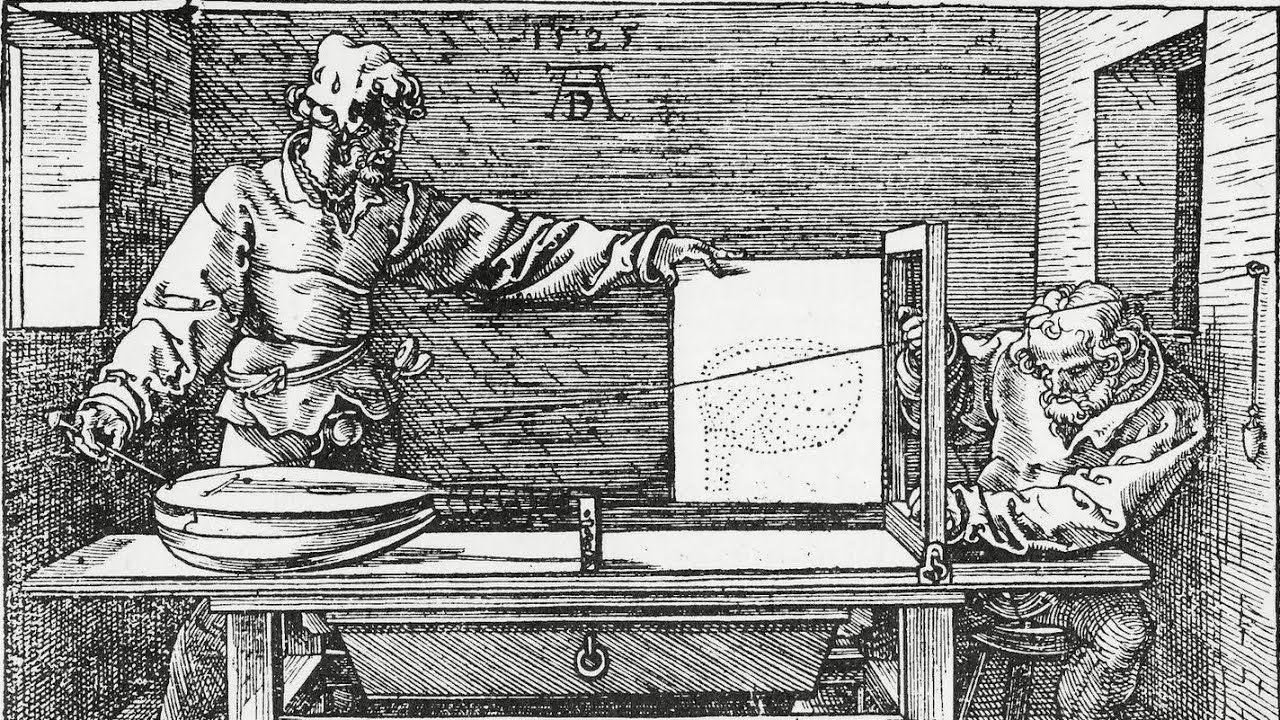Skip to main content\(\DeclareMathOperator{\sgn}{sgn}
\DeclareMathOperator{\Inn}{Inn}
\DeclareMathOperator{\lcm}{lcm}
\DeclareMathOperator{\Aut}{Aut}
\DeclareMathOperator{\Perm}{Perm}
\DeclareMathOperator{\Stab}{Stab}
\DeclareMathOperator{\Orb}{Orb}
\DeclareMathOperator{\Rot}{Rot}
\DeclareMathOperator{\re}{Re}
\DeclareMathOperator{\im}{Im}
\DeclareMathOperator{\img}{image}
\DeclareMathOperator{\conj}{conj}
\DeclareMathOperator{\Id}{Id}
\def\expi{E}
\def\wrap{W}
\newcommand{\C}{\mathbb{C}}
\newcommand{\Quat}{\mathbb{H}}
\newcommand{\extC}{\hat{\C}}
\newcommand{\R}{\mathbb{R}}
\newcommand{\extR}{\hat{\R}}
\newcommand{\F}{\mathbb{F}}
\newcommand{\extF}{\hat{\F}}
\newcommand{\Z}{\mathbb{Z}}
\newcommand{\Proj}{\mathbb{P}}
\newcommand{\Q}{\mathbb{Q}}
\newcommand{\M}{{\rm MOB}}
\newcommand{\E}{{\rm EUC}}
\renewcommand{\H}{{\rm HYP}}
\newcommand{\HU}{\rm HYP_{\U}}
\renewcommand{\S}{{\rm ELL}}
\newcommand{\D}{\mathbb{D}}
\newcommand{\closedD}{\hat{\D}}
\newcommand{\U}{\mathbb{U}}
\newcommand{\spacer}{\rule[0cm]{0cm}{0cm}}
\newcommand{\MOD}{\mathbin{\text{MOD}}}
\newcommand{\twotwo}[4]{\left[ \begin{array}{cc} #1 \amp #2 \\
#3 \amp #4 \end{array} \right]}
\newcommand{\lt}{<}
\newcommand{\gt}{>}
\newcommand{\amp}{&}
\definecolor{fillinmathshade}{gray}{0.9}
\newcommand{\fillinmath}[1]{\mathchoice{\colorbox{fillinmathshade}{$\displaystyle \phantom{\,#1\,}$}}{\colorbox{fillinmathshade}{$\textstyle \phantom{\,#1\,}$}}{\colorbox{fillinmathshade}{$\scriptstyle \phantom{\,#1\,}$}}{\colorbox{fillinmathshade}{$\scriptscriptstyle\phantom{\,#1\,}$}}}
\)
References Further topics
Here are some topics and sources for independent study projects that are accessible at the level of this textbook.
The classification of the Platonic solids using group theory
[8]
More group theory with connections to geometry
[2]
More group theory and an introduction to rings and fields
[3]
More geometry using a Kleinian approach
[4]
An elementary introduction to the Hopf fibration
[6]
Algebra and geometry in quantum mechanics
[7]

